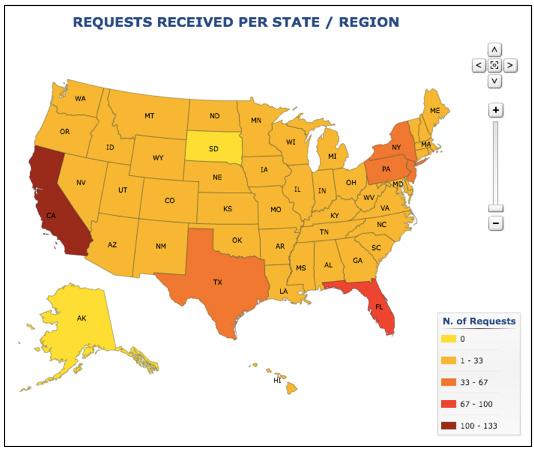-
by Seth Leeds
, Op-Ed Contributor,
August 13, 2015
If you’re working in sponsorship for a major brand, here in the U.S. or abroad, you likely see upwards of 100 proposals per month. Our client’s collective data shows that
about 15 of those will be sports related. Maybe one of the 100 will be acted upon. For many brands, none of them will.
That’s because budgets are set, campaigns are
planned, and if you’re representing a property, you know that sponsorship is not an ask-and-you-shall-receive business.
But in the tool our clients use there is a lesson to be
learned, and conveniently shared here today with you, the reader.
You see, sleeping in all of those “declined” proposals is a wealth of data that you and your
brand/company should be gathering, at a minimum, and truly leveraging, at maximum.
Here are a few helpful tips that brands like The Home Depot, MasterCard, Ford, Emirates, and
others go through to turn lemons (no offense to the submitting organization) into lemonade.
advertisement
advertisement
1. Be organized. By planning in advance you should create standard data capturing
fields for relevant information such as sponsorship location, asking rights fee, and sponsorship sub-sector (i.e., professional baseball).
2. Involve the team. Based on the
content of each proposal, route it to the appropriate business unit, regional office, or internal manager. This breaks the review process down and involves stakeholders, but the initial data still
resides with you.
3. Create cross-referenced reports. Now that you have a systematic approach to receiving proposals, begin to break the data down and share with the same
groups mentioned above (i.e., regional, etc.). Below is an example from a large consumer product company’s system and their sports related proposals.

Now that
you’re accumulating the data, we suggest you don’t just throw it away. For example, by assessing where activities are taking place (quarterly perhaps), regardless if you’re
sponsoring them or not, your internal departments can better understand what the market is telling you.
Questions such as these…
Are there
opportunities for new business to be developed?
Is a campaign effectively reaching your targets?
Are your fans/followers/consumers where you think?
…may be answered.
Another point of leverage lies in the benchmarking of the data contained within proposals. Most likely after 9-12 months (x100-ish proposals per
month) you’ll have built enough critical mass to establish some valuable baseline metrics, such as average asking fees (per sport). This information may even lend a hand in your ongoing
sponsorship negotiations, as you’ll have a better sense of what the industry is exchanging.
This is only the tip of the iceberg, and what lies beneath the surface may
have a lasting impact on your sponsorship or sports marketing budget and the justification of your decisions.